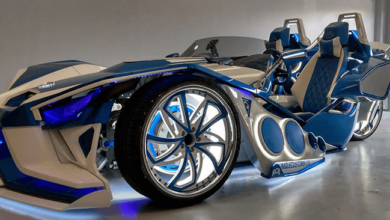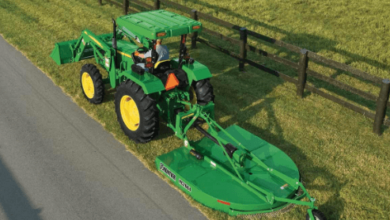Compatibility and Installation: Key Factors in Choosing Power Transmission Belts

Power transmitting belts are the unsung heroes of many machines, silently transferring power between rotating shafts. From automobiles to factory machinery, these belts are vital in keeping things running smoothly.
But with a wide variety of belt types and factors to consider, choosing the right one for your application can be a challenge. This article discusses the two key factors to ensure optimal performance of your Power Transmission Belts: compatibility and installation.
Compatibility Factors for Transmission Belts
There are several key compatibility factors to consider when choosing a power transmission belt:
Types of Transmission Belts
There are several common types of transmission belts, each suited for specific applications. V-belts, with their wedge-shaped profile, offer good grip and are suitable for high-torque applications. Flat belts are simple and efficient for light-duty applications.
Synchronous belts, also known as timing belts, have teeth that mesh with pulleys for precise speed control. Poly chain belts combine the flexibility of a V-belt with the strength of a synchronous belt, offering a good balance for various applications. Understanding the type of belt best suited for your power transmission needs is crucial.
Read also: Discovering Excellence: A Comprehensive Guide to Choosing the Best 22RE Engine for Sale
Material Selection
The material of the belt significantly impacts its performance. Rubber belts offer good flexibility and shock absorption but may not be suitable for high temperatures. Polyurethane belts offer excellent abrasion resistance and are ideal for demanding environments.
Kevlar belts are incredibly strong and lightweight, making them suitable for high-speed applications. Considering the operating temperature, environment, and desired properties like noise reduction or static conductivity will guide your material selection.
Pulley Compatibility
The belt and pulley profiles must be compatible for proper engagement and power transmission. V-belts require V-shaped pulleys, while synchronous belts require pulleys with matching teeth. Mismatched profiles can lead to slipping, reduced efficiency, and premature belt wear.
Load Capacity and Speed Requirements
Belts have specific load capacity and speed ratings. Choosing a belt with insufficient load capacity can lead to premature belt failure. Similarly, exceeding the speed rating can cause belt vibration and damage. Matching the belt’s capacity to the motor’s power output and the desired operating speed is essential.
Installation Considerations for Transmission Belts
Once you’ve selected the right belt, proper installation is crucial for maximizing its lifespan and efficiency. Here are some key installation considerations:
Belt Tensioning
Proper belt tension is essential. An over-tensioned belt can put excessive strain on bearings and shafts, while an under-tensioned belt will slip, reducing efficiency and causing wear. Consult the manufacturer’s recommendations for the appropriate tensioning procedure and tools.
Alignment and Sheaves
The pulleys (also called sheaves) must be perfectly aligned to prevent the belt from tracking off center. Misalignment can cause uneven wear, vibration, and premature belt failure. Ensure the pulleys are properly mounted and aligned on the same plane.
Pre-Installation Inspection
Before installation, inspect the belt for any damage or defects like cracks, cuts, or tears. Even a minor imperfection can significantly impact performance and lead to sudden belt failure.
Break-In Period
New belts often require a break-in period to allow the materials to settle and achieve optimal tension. During this period, it’s crucial to monitor the belt tension and make minor adjustments as needed.
Selecting the right Power Transmission Belts requires considering both compatibility with your system and proper installation practices. By understanding the different belt types, material properties, and load requirements, you can ensure optimal performance. Furthermore, proper belt tensioning, alignment, pre-installation inspection, and break-in procedures all contribute to maximizing the lifespan and efficiency of your chosen belt, ultimately saving you time and money in the long run.





